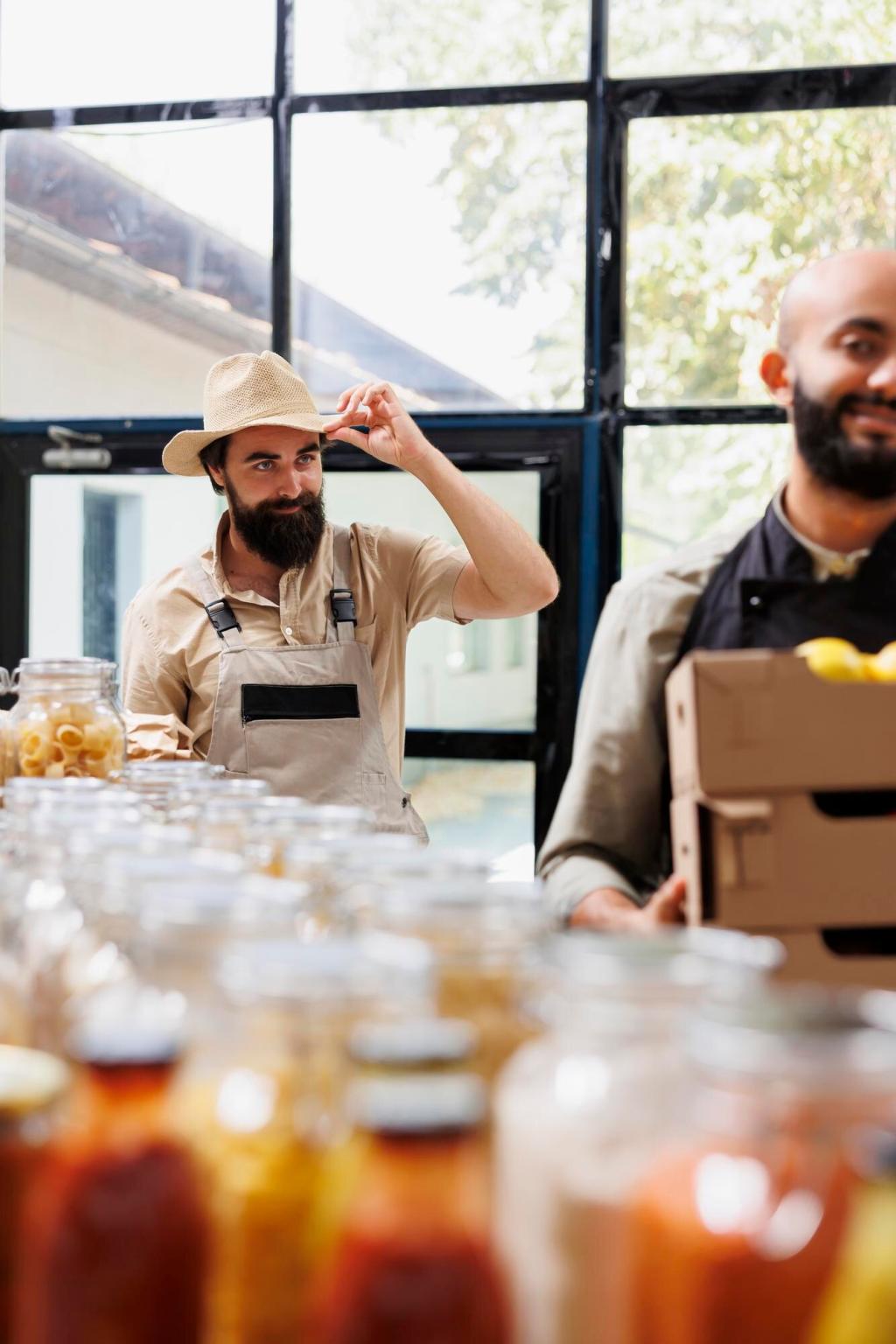Sustainable Logistics Practices for Small Enterprises: Start Small, Move Smart
Selected theme: Sustainable Logistics Practices for Small Enterprises. Welcome to your practical home base for cleaner, leaner, more resilient operations. Here you’ll find field-tested tactics, uplifting stories, and bite-sized actions that lower emissions, cut costs, and win customer trust. Subscribe for weekly playbooks and share your questions so we can tailor ideas to your routes, vehicles, and packaging reality.

Measure What Matters First
Begin with a simple, two-week snapshot: fuel receipts, stop counts, idling minutes, packaging volume, and missed deliveries. Use a spreadsheet, color-code by route, and involve drivers in reality-checking assumptions. You will uncover patterns—late-day congestion, oversize boxes, redundant stops—that become immediate opportunities for cost and emissions reductions.
Find the First, Easiest Win
Look for changes that require minimal investment: right-sizing cartons, consolidating Tuesday and Wednesday drops, or switching one dense route to off-peak hours. Track savings visibly on a whiteboard. Early wins build momentum, prove value to skeptical colleagues, and create a culture where sustainability equals operational excellence, not extra work.
A Corner-Store Anecdote
A neighborhood grocer moved delivery windows from 4–6 pm to 6–8 am, avoiding traffic and curbside battles. The same van covered more stops with less idling, trimming fuel use by 19% in a month. Share your time-window experiments below, and we’ll compile a community-tested guide you can reuse.
Create small consolidation points near customer clusters—a café backroom or partner store. Stage orders overnight and dispatch compact rounds with handcarts or bikes. This reduces failed deliveries, slashes stop time, and strengthens local partnerships. Offer a small discount for hub pickup to nudge behavior, and track how it reduces van miles per order.
Smarter Last-Mile: Bikes, Lockers, and Local Pickup
Invite customers to choose grouped time slots that align with your densest routes. Show them how a shared window means faster delivery and a lighter footprint. Even a 10% shift into optimized windows can eliminate meandering detours. Ask for feedback after a trial week and adjust the slots to match lived patterns.
Smarter Last-Mile: Bikes, Lockers, and Local Pickup
Right Mode for the Right Load
For predictable, non-urgent inventory, consider rail or ocean less-than-container-load to cut cost and carbon. Keep a small buffer locally for spikes, and reserve road for true time-sensitive items. Mode decisions become easier when you map lead times against demand volatility and assign each SKU a transportation strategy that fits its behavior.
Routes That Think Ahead
Use basic telematics or even smartphone GPS logs to reveal where congestion routinely traps you. Re-sequence stops to avoid school zones at bell times or known construction windows. A weekly, 30-minute routing review with drivers captures nuance algorithms miss, turning on-the-ground knowledge into measurable performance gains.
Share Space, Share Savings
Explore co-loading with nearby businesses shipping to the same neighborhoods. Shared pallets or backhauls reduce empty returns and split costs. Start with a pilot on one route, document insurance and handling standards, and maintain transparent cost allocation. If you’ve tried co-loading, drop your lessons learned to help others start faster.

Design for Reuse and Recycling
Choose mono-materials when possible and print clear disposal or return instructions on the flap. Durable mailers or totes can loop back via pickup points or driver collections. The key is simplicity: customers follow through when it’s obvious. Measure return rates and share results with your community to inspire participation.

Right-Sizing Every Shipment
Audit your top ten SKUs for box-to-product ratio. Add two new carton sizes and paper-based void fill to reduce wasted space. Smaller parcels mean fewer trucks, lower costs, and better unboxing moments. Ask customers to upload photos of damaged or over-packed orders so you can refine quickly and publicly close the feedback loop.

Make Returns a Sustainability Asset
Returns are inevitable, but they can be efficient. Offer printable QR codes, cluster return pickups on existing routes, and refurbish items systematically. Share a monthly update: recovered products, materials saved, and carbon avoided. Honest storytelling turns a pain point into a loyalty engine customers enjoy supporting.

Data, KPIs, and Honest Storytelling
Focus on fuel per stop, on-time rate, failed delivery percentage, packaging-to-product ratio, and return recovery rate. Record weekly, compare against a three-week average, and annotate anomalies. Small teams benefit from visual trends more than complicated indexes, and consistent measurement creates accountability without heavy software.


Data, KPIs, and Honest Storytelling
Use shared spreadsheets, route-planning apps with exportable logs, and QR code generators for returns. Automate reminders for tire pressure and preventive maintenance to curb fuel burn. Invite drivers to add quick route notes on mobile, transforming tacit knowledge into data you can iterate on every Friday afternoon.
